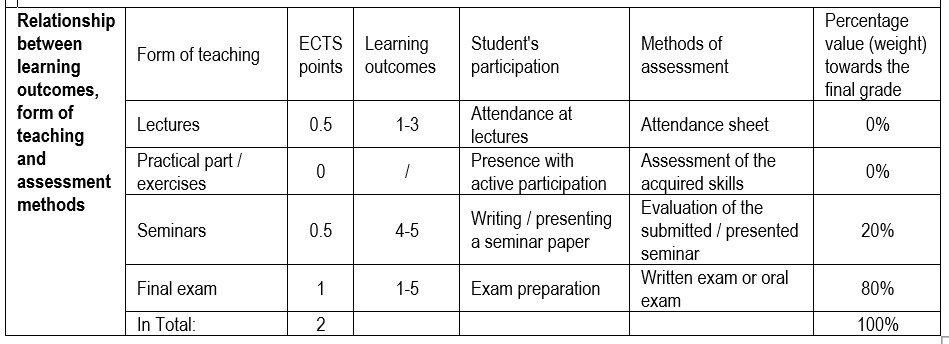Introducing students to the definition and main tasks of epidemiology and its historical development. Gaining knowledge of the components of epidemiological research and basic settings of perceived, experimental, descriptive and analytical epidemiology. Acquiring knowledge on questionnaires as data collection instruments. Acquiring knowledge on absolute and relative numbers (proportion, ratio of rates) used in epidemiology. Acquiring knowledge of epidemiological measures (frequency measures, connectivity measures, measures of possible impact). Acquiring knowledge of disease prevention (primary, secondary and tertiary). Acquiring knowledge of basic settings and particularities of cohort research. Acquiring knowledge of basic settings and particularities of case and control investigations. Acquiring knowledge of basic settings and particularities of cross-sectional research. Acquiring knowledge of ethical principles in epidemiological research.
Definition and tasks of epidemiology. The historical development of epidemiology. Epidemiological measures and measurements of phenomena in the population. Fundamentals of research and application of epidemiological methods. Components of epidemiological research. Perceived epidemiology. Experimental epidemiology. Descriptive epidemiology. Analytical epidemiology. Disease prevention. Cross-sectional research. Case research and control. Cohort research. Ethical principles in epidemiological research. Epidemiological characteristics of caires in childhood and adolescence
Required course materials:
Kolčić I, Vorko-Jović A. Epidemiologija (odabrana poglavlja). Medicinska naklada, Zagreb, 2012..
Upon completion of this course, students will be able to:
1. Critically explain the main characteristics of the most important branches of epidemiology
2. Identify the basic settings of observational, experimental, descriptive and analytical epidemiology and prevention of infectious and non-communicable diseases
3. Valorize certain types of analytical research and their features
4. Compare the epidemiological characteristics of caries in children and adolescents
5. Critically evaluate the primary, secondary and tertiary levels of oral disease prevention



